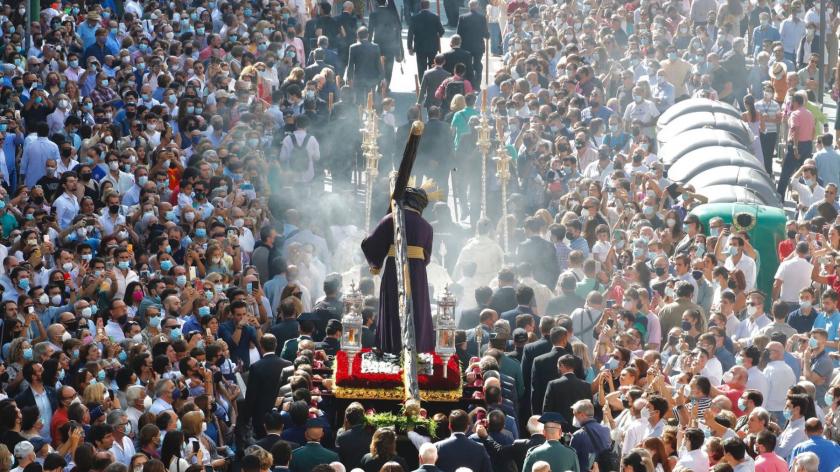
Semana Santa in Spain is like Holy Week in UK
01.04.2023Semana Santa (Holy Week) is one of the most exciting celebrations in Spain and a unique combination of traditions, music, culture, theater and religion. If you want to learn the "real Spain", it is an excellent idea to come to Spain during the Semana Santa!
Below you can read more background on the history and traditions of Semana Santa and more!
When is Semana Santa Celebrated?
The date changes every year, but usually falls at the beginning of spring. So, before you make plans, take a good look at the calendar.
Where is Semana Santa celebrated?
Semana Santa is celebrated lively in all towns and villages in Spain, but for an unforgettable week it is best to go to sunny Seville.
The Traditions of Semana Santa
festival, which is celebrated so lively especially in Seville and Andalusia, mainly consists of grand processions. Each procession has two elaborately decorated platforms, one with a statue of Mary and the other with a scene from the Passion of Christ. The shivers will run down your spine as these lavishly decorated figures pass by to the accompaniment of music. The plateaus are carried by up to 40 men, so-called costaleros, who move the plateau back and forth to the music.
Striking are the many penitents, nazarenos, who walk along with the plateaus. Many of them walk barefoot, while some processions last more than 14 hours! They often wear pointed hats and long robes, which resemble the attire of the Ku Klux Klan, but they have nothing to do with this group.
People who come to watch the procession are often just dressed. The women look fine and the men walk around neatly in suits. If you don't want to stand out too much, you'd better leave the T-shirt you painted the garage in.
The History of Semana Santa
As with most festivals, Semana took centuries to become what it is today. The starting point is the death of Christ as this is the theme of the festival.
An important year for the history of Semana Santa is the year 1521, when the Marqués de Tarifa returned to Spain from the Holy Land. He introduced the Vía Crucis (Way of the Cross) in Spain and celebrated this religious event with a procession. Later, the Vía Crucis was turned into various scenes of Christ's death and portable crosses and altars were added to the ceremony. Little by little the processions grew into what they are today.
If you look at the routes of Semana Santa, you will see that they always go over Carrera Oficial. This original route, which has been extended since 1604, is still part of the processions every year. The last major change took place in the 17th century, when the different brotherhoods, cofradías, began to separate from each other